The Enneagram Triads: 3 x 3 groupings of the personality types
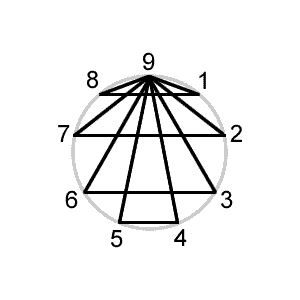
The term Enneagram triads is sometimes used to refer to the three Enneagram centers of intelligence. However, the centers only form one set of triads. There are four sets.
A set of triads is a grouping of the nine personality types into 3 groups of 3 for the purpose of exploring commonalities between the types within each group.
The triadic groupings are generally formed around types 3, 6, and 9 (the types indicated by the triangle of the Enneagram symbol).
The 1st Triads
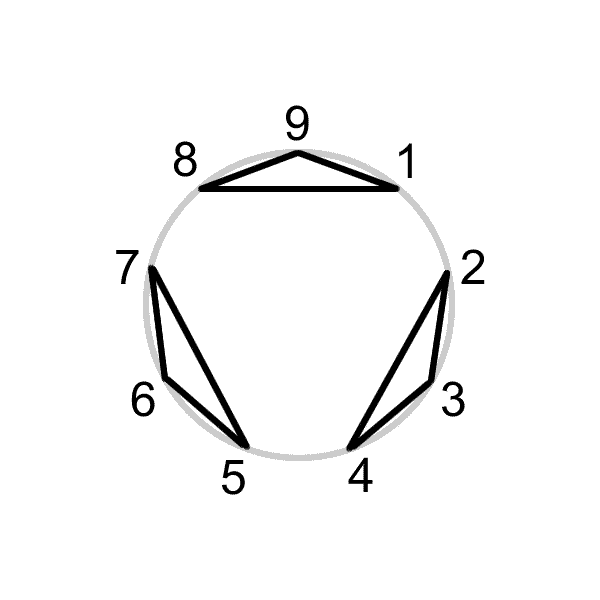
The 1st set of triads are formed by looking one number to the right and one number to the left of types 3, 6, and 9.
- 891
- 234
- 567
This 1st set of triads is generally called the centers of intelligence or simply the centers. Most Enneagram authors and teachers teach the centers as a crucial part of the Enneagram types.
Click here to learn more about the centers.
The 2nd Triads
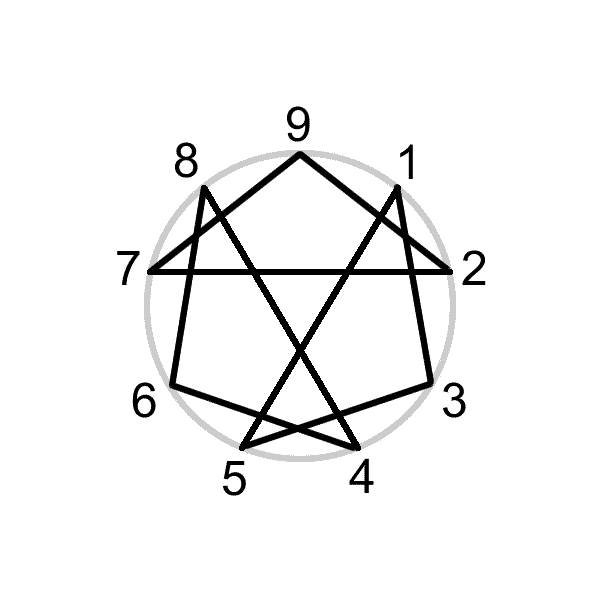
Starting with 3, 6, and 9 again, the 2nd triads are formed by looking two numbers to the right and two to the left.
- 135
- 468
- 792
The 2nd set of triads are not commonly used. One interpretation of the 2nd triads calls them Harmonic Groups where
- 135 are in the Competency Group
- 468 are in the Reactive Group
- 792 are in the Positive Outlook Group
The Harmonic Groups are a product of the Enneagram Institute and can be found in the book The Wisdom of the Enneagram.
The 3rd Triads
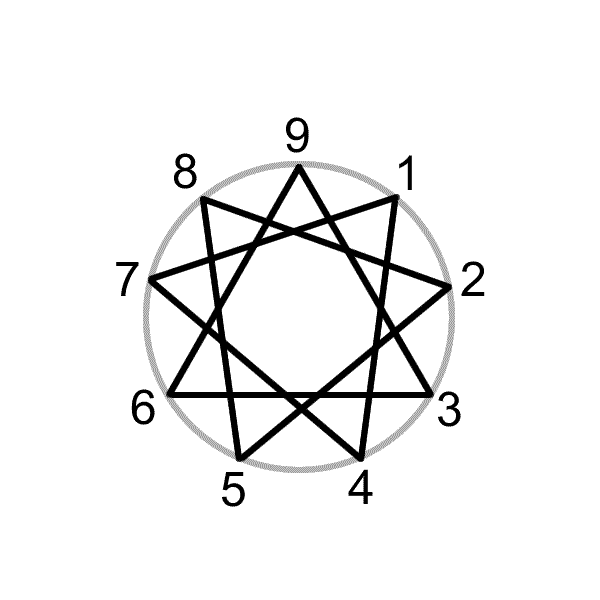
When we look three to the right and three to the left of 3, 6, or 9 we simply end up with a triad consisting of 3, 6, and 9. Because of this the 3rd triads, unlike the 1st, 2nd, and 4th triads, don't center around 3, 6, and 9.
- 147
- 258
- 369
The 3rd set of triads aren't commonly used. There are two interpretations you may run across.
One interpretation of the 3rd triads originated from the Enneagram Institute called the Object Relations Groups where types
- 147 are in the Frustration Group
- 258 are in the Rejection Group
- 369 are in the Attachment Group
A second interpretation of the 3rd triads is called the Harmony Triads where types
- 147 are Idealists
- 258 are Relationists
- 369 are Pragmatists
The 4th Triads
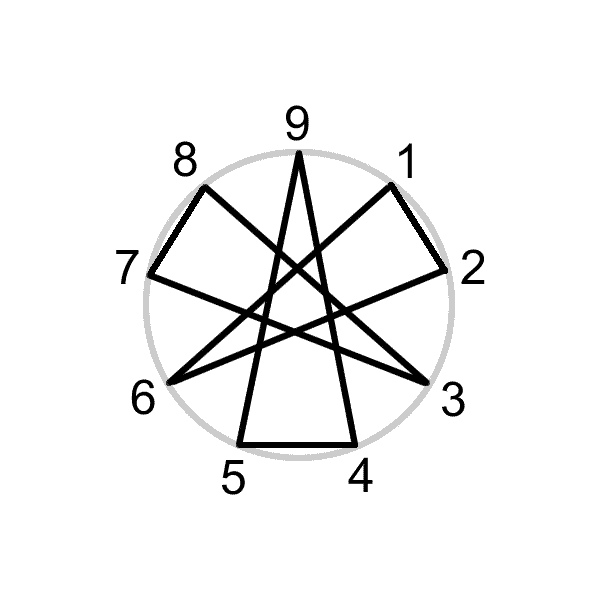
The 4th triads again start with 3, 6, and 9 and look four to the right and four to the left.
- 738
- 162
- 495
The 4th set of triads are commonly used but not as much as the centers (1st triads). This set of triads is generally interpreted through Karen Horney's neurotic trends and associated types.
- moving against people - the aggressive types
- moving toward people - the compliant types
- moving away from people - the detached or withdrawn types
Click here for the Complete Guide to the Enneagram.
This free guide explains- the nine Enneagram personality types
- the many type variations within type
- where the types came from (origins and history)
- how the types use the Enneagram symbol
Click here for Enneagram tests.
These free tests help you find your- primary type
- candidate types
- preferred wing
- intinctual subtype
- instinctual variant stacking
- center types (gut, heart, and head)
- tri-center with wings